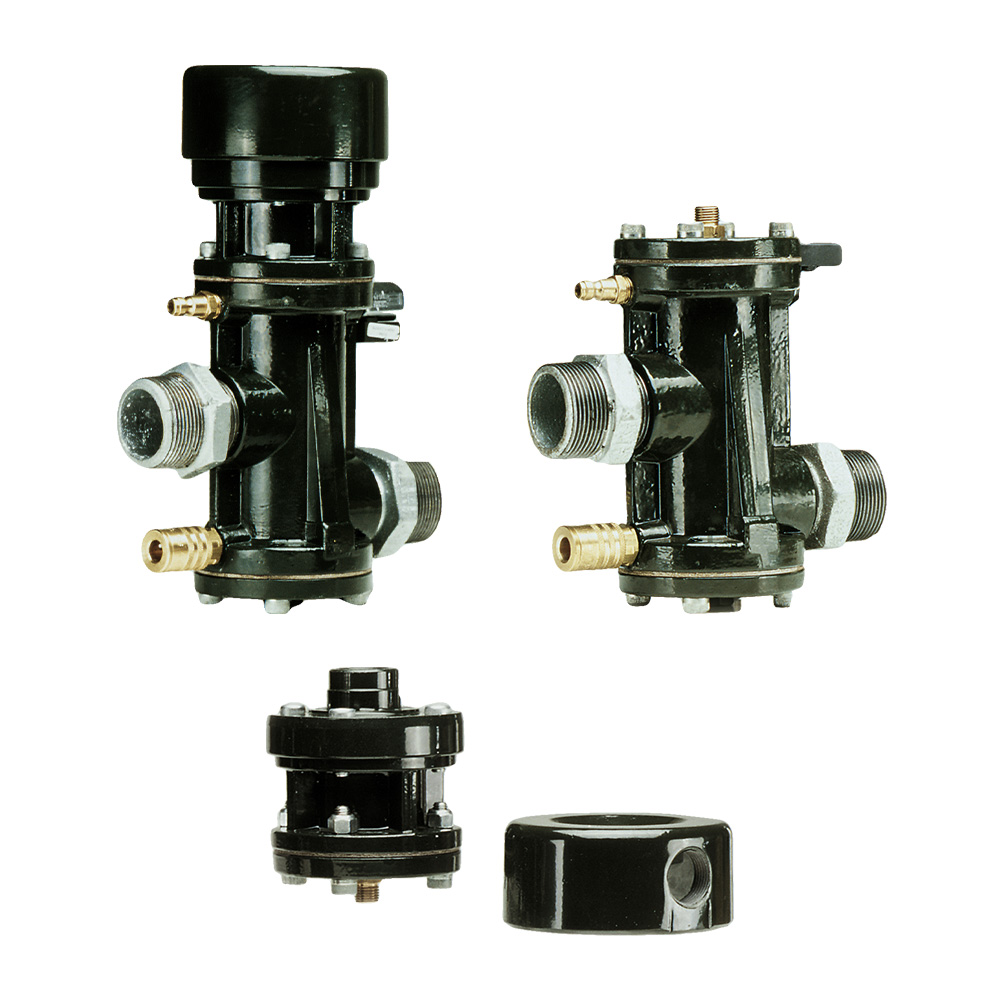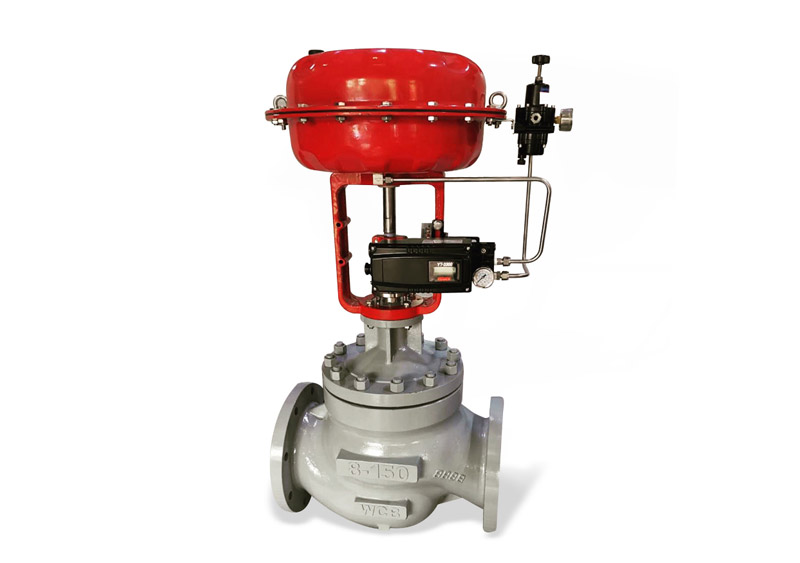Effective Control Valves: Trick Elements for Efficient System Management
Effective Control Valves: Trick Elements for Efficient System Management
Blog Article

Maximize Power Savings and Comfort With Advanced Structure Automation Controls
In the world of modern architecture and facility management, the integration of sophisticated building automation manages stands as a critical improvement. The convergence of modern technology and sustainability has birthed a new period where energy efficiency, convenience optimization, and operational streamlining are no more remote ambitions however achievable facts. By utilizing the power of automation, structures can adapt, respond, and develop in ways that were when inconceivable. The possibility for significant power savings and boosted comfort is not simply an opportunity but a promise waiting to be fulfilled. This standard shift in structure monitoring holds the key to unlocking a globe where environmental conscientiousness and owner health harmoniously exist together within the walls of our structures.
Energy Effectiveness Advantages
Energy efficiency benefits can substantially minimize power consumption and operational prices in structures. Energy-efficient systems, such as sophisticated structure automation controls, can maximize the usage of sources like home heating, illumination, and air conditioning, leading to reduced energy expenditures over time.
Furthermore, improved energy effectiveness can extend the life-span of structure tools and systems. By running much more successfully, cooling and heating systems, lighting fixture, and other structure elements experience less wear and tear, causing reduced maintenance and replacement expenses. Furthermore, energy-efficient buildings commonly command greater residential or commercial property values and rental rates, providing lasting economic advantages to proprietors.
Additionally, energy performance can improve occupant convenience and performance. Properly regulated indoor atmospheres with optimal illumination and thermal problems create a more helpful and pleasurable workspace, bring about boosted worker satisfaction and efficiency. On the whole, the power effectiveness advantages connected with sophisticated building automation controls are multifaceted, encompassing expense savings, environmental stewardship, and owner well-being.
Boosted Comfort Control
Enhancing convenience control in structure environments needs a sophisticated assimilation of sophisticated automation systems for optimal owner well-being. By making use of innovative structure automation controls, centers can tailor the indoor environment to meet the certain requirements and choices of owners. These systems allow precise guideline of illumination, air flow, and temperature, producing a comfy and effective ambience. Owner fulfillment and productivity are carefully linked to thermal convenience, making it necessary to have systems in place that can adjust to transforming conditions in real-time.
Boosted comfort control goes beyond fundamental temperature modifications. It consists of features such as customized setups, tenancy sensing units, and all-natural light usage to develop a dynamic and receptive setting. By incorporating these sophisticated controls, structures can not just boost comfort yet also improve power performance by enhancing system operations based upon real occupancy and usage patterns. Ultimately, prioritizing owner comfort through sophisticated automation systems causes an extra delightful and healthier indoor environment.
Operational Efficiency Improvements

In addition, the implementation of real-time surveillance and analytics tools allows structure operators to determine power inefficiencies and operational abnormalities promptly. By constantly keeping an eye on power usage patterns and system performance metrics, changes can be made in real-time to optimize energy usage and make certain peak operational effectiveness. control valves. In addition, incorporating need feedback methods right into structure automation controls can even more boost functional efficiency by dynamically changing power usage based upon grid problems and rates signals
Indoor Environment Optimization
Reliable indoor environment optimization is a basic facet of building automation controls, guaranteeing owners' comfort and well-being while making the most of power cost savings. By making use of sophisticated sensors and controls, developing automation systems can constantly readjust and keep an eye on temperature level, humidity levels, air top quality, and ventilation to create an optimum interior environment. Keeping constant and comfy problems not only improves occupant contentment however also improves efficiency and overall well-being.
Interior climate optimization also plays an important function in energy performance. By fine-tuning cooling, home heating, and air flow systems based on real-time data and tenancy patterns, developing automation controls can dramatically reduce energy usage - control valves. Implementing approaches such as demand-controlled air flow and thermal zoning can help decrease power waste while ensuring that each location of the building gets the required conditioning.

Sustainable Atmosphere Production
Structure automation controls not just optimize interior environment problems for energy performance and occupant comfort yet also lay the foundation for creating a lasting atmosphere with strategic management of sources and systems. By integrating innovative structure automation technologies, such as sensing units, actuators, and smart software application, facilities can readjust and keep track of energy use in real-time to go to the website reduce waste and decrease their carbon impact. These systems allow predictive upkeep, recognizing prospective issues before they rise and enhancing tools efficiency to boost long life and effectiveness.
Additionally, sustainable setting production prolongs past energy monitoring to include water preservation, waste reduction, and interior air high quality renovation. Building automation controls can manage water usage, discover leakages, and guarantee correct waste disposal techniques, contributing to total sustainability efforts. In addition, by checking and managing ventilation and here purification systems, these modern technologies improve occupant health and performance while lowering energy intake related to cooling and heating operations.
Verdict
Finally, advanced structure automation controls deal considerable benefits in terms of power savings, comfort control, functional performance, indoor climate optimization, and producing a lasting setting. By executing these controls, structures can achieve ideal efficiency while decreasing power intake and improving passenger convenience. It is noticeable that the use of advanced automation technology is vital in improving building performance and creating an extra lasting future.
Power effectiveness advantages can significantly decrease energy consumption and operational costs in buildings. Overall, the energy efficiency benefits associated with advanced building automation controls are complex, encompassing cost savings, ecological stewardship, and occupant well-being.
In addition, integrating need feedback approaches right into building automation controls can further enhance functional efficiency by dynamically adjusting power usage based on grid problems and rates signals.
Building automation regulates not just optimize interior climate problems for power effectiveness and passenger convenience however likewise lay the structure for creating a lasting setting via strategic management of systems and sources.In verdict, advanced structure automation manages offer significant advantages in terms click site of energy cost savings, convenience control, functional efficiency, indoor climate optimization, and producing a lasting atmosphere.
Report this page